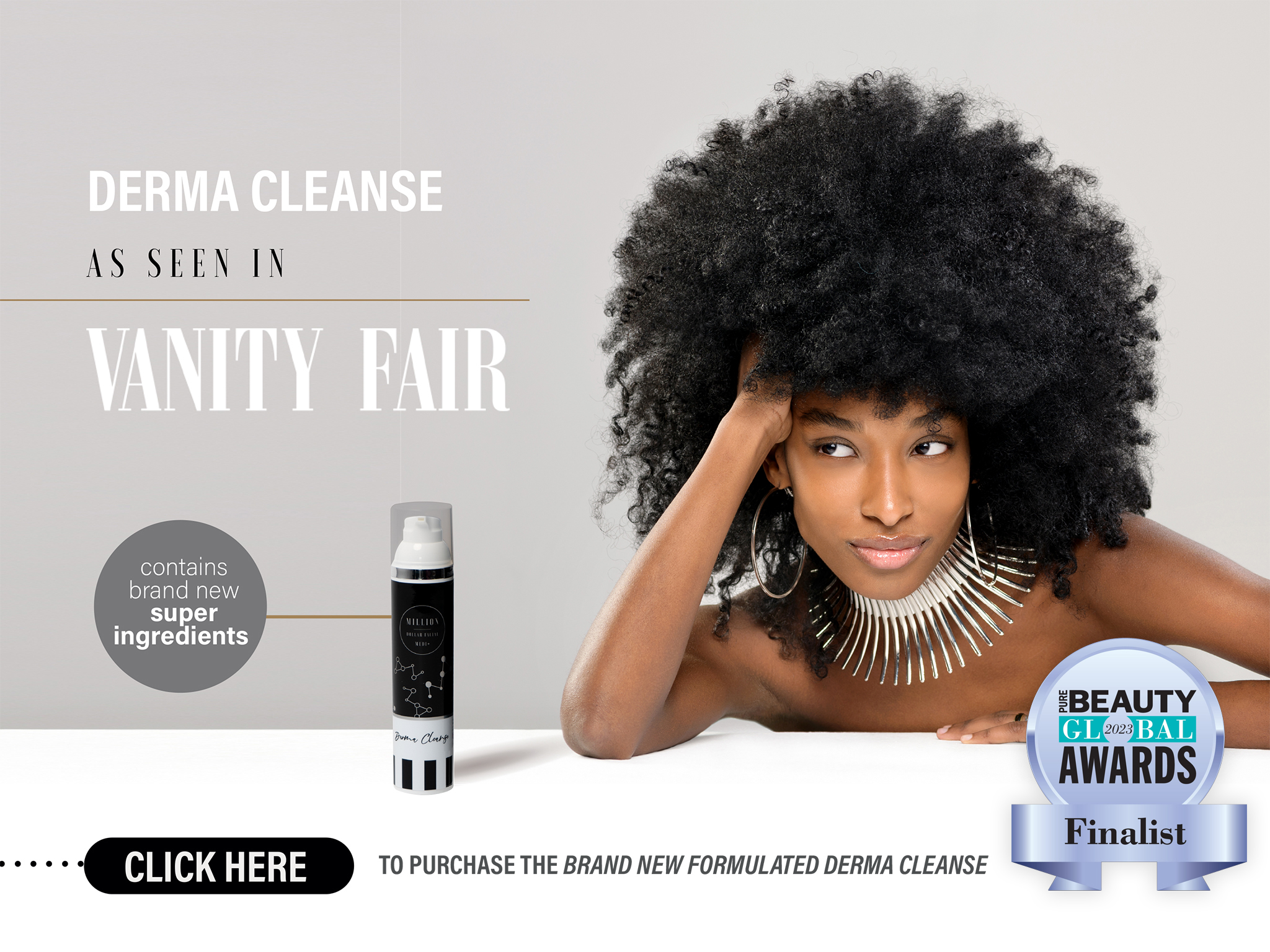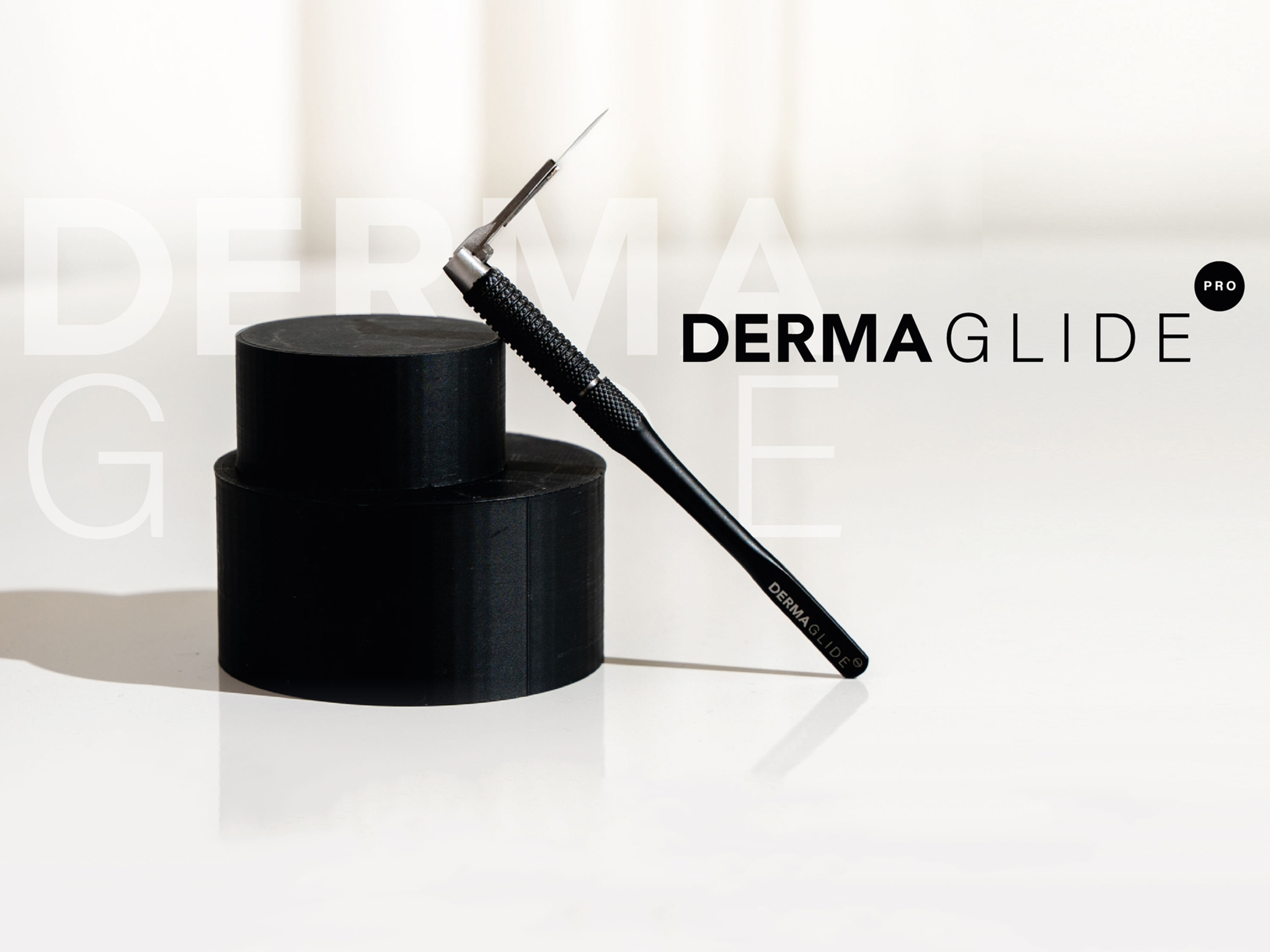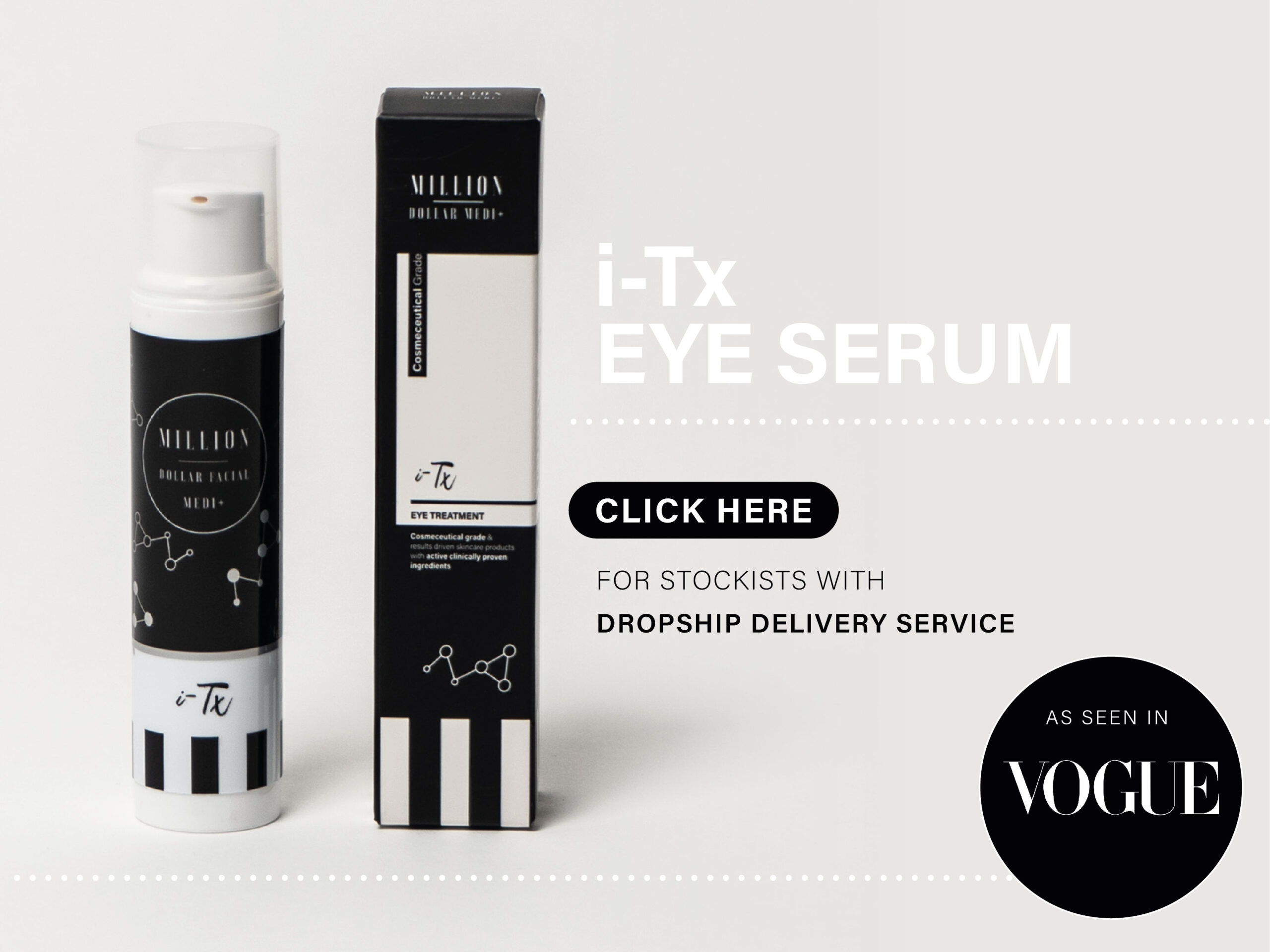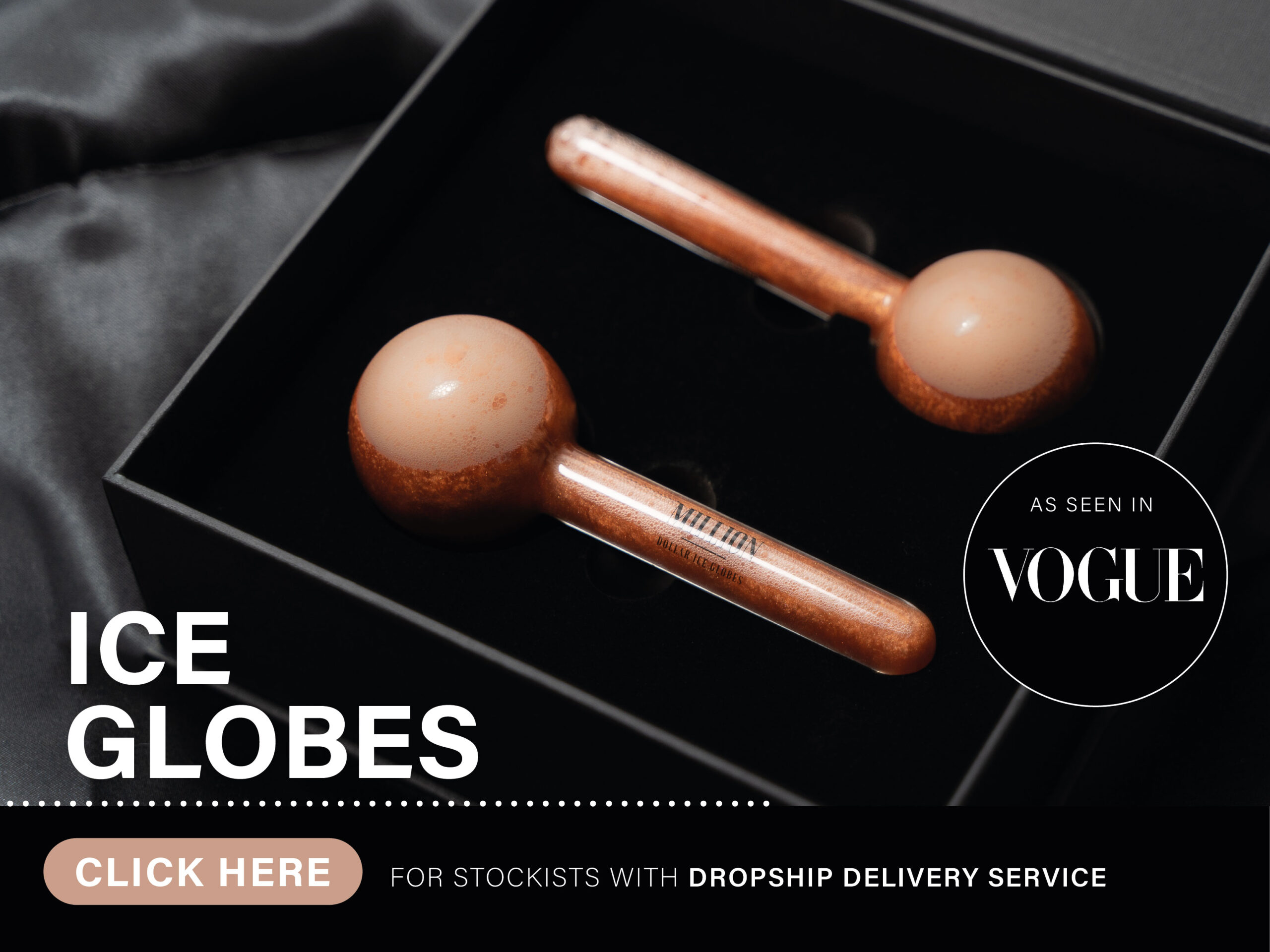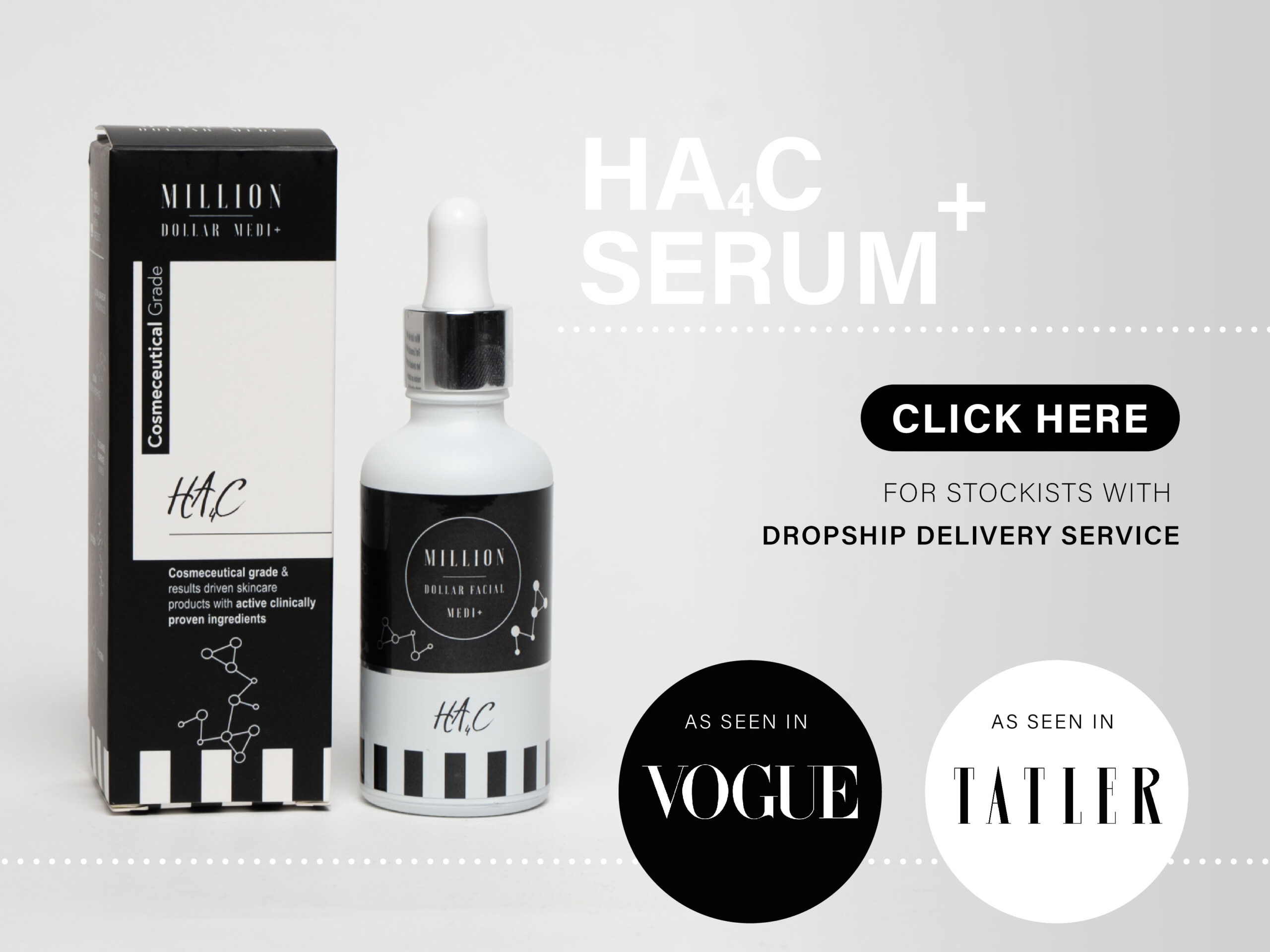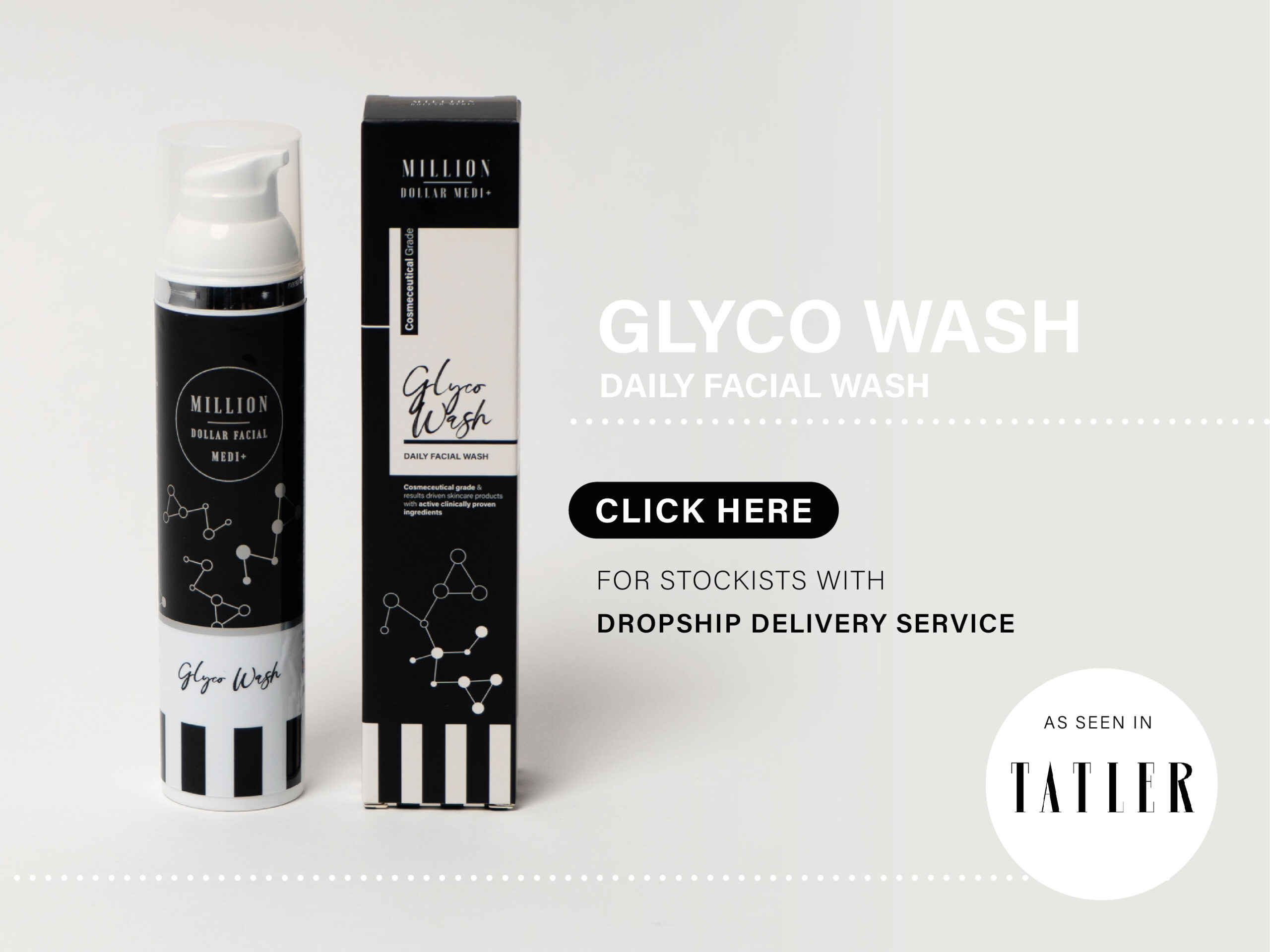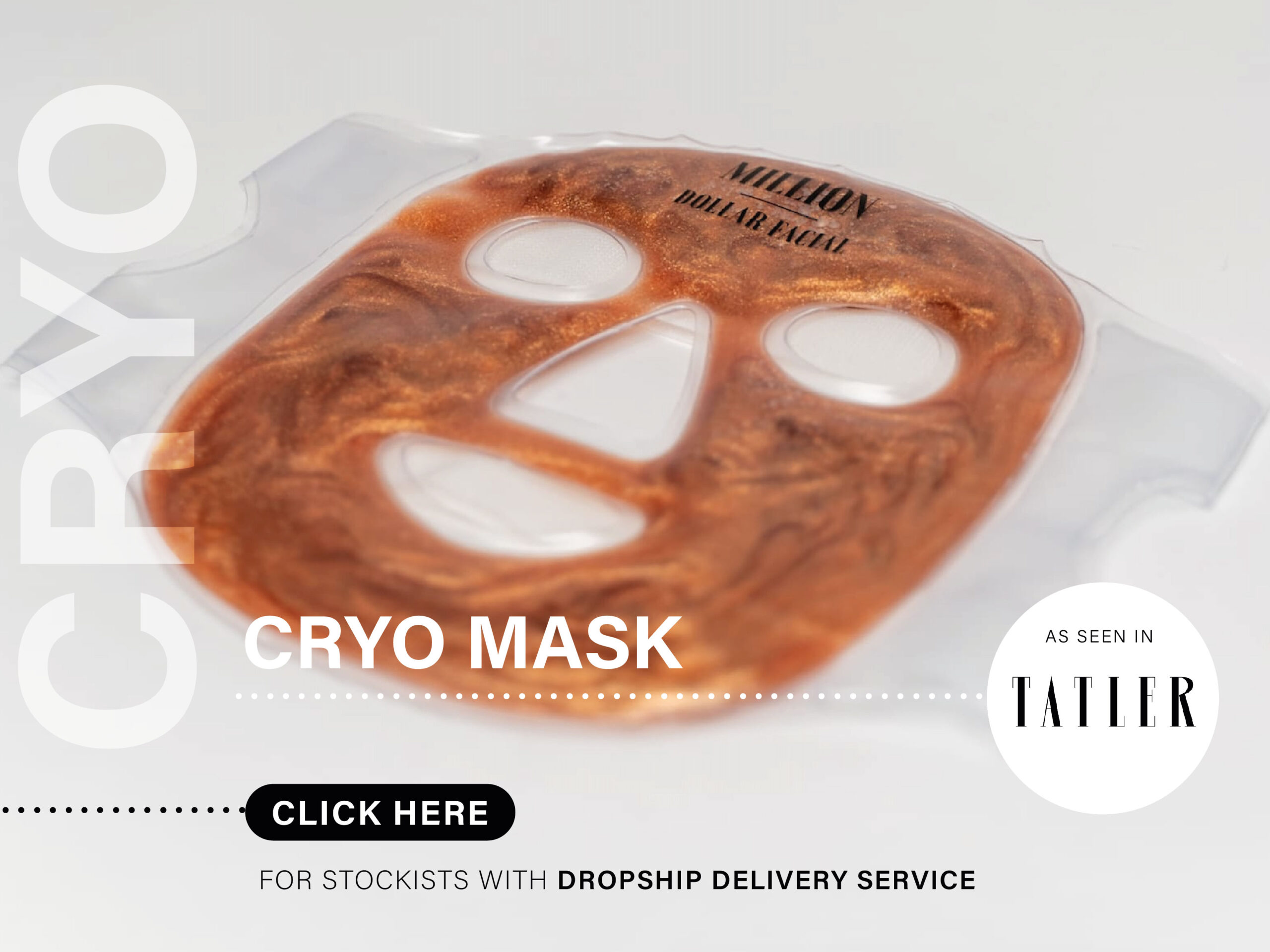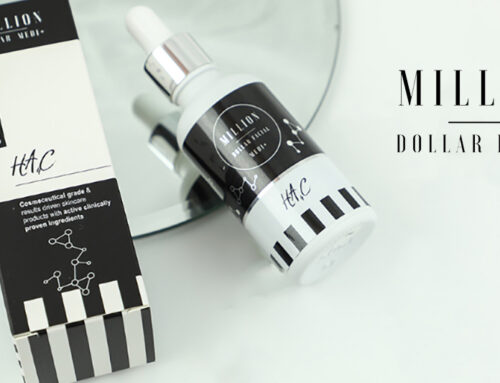Whats the Difference?
One question I am always being asked is what the difference between all the different types of vitamin C is and why all the different strengths.
In this Blog I hope to demystify everything and explain things in a way that will help you to explain them to your clients in simple terms they understand.
Science doesn’t need to be difficult!
What is a Vitamin?
A vitamin is an organic molecule that we need to survive, an organic molecule is a molecule containing carbon atoms. Most vitamins we need come from food as our bodies cannot make them or we make them in very low amounts.
One of the most important things your clients can do to keep themselves healthy and fight the signs of ageing is to eat a healthy diet full of plenty of colourful fruit and vegetables, the colours are nature’s way of saying – Eat me, I am full of vitamins you need!
What is a free radical?

We hear about antioxidants and free radicals all the time but what are they.
A free radical is basically an oxygen atom or an oxidant. Normally when we think about oxygen, we think about the oxygen we breath, but this oxygen is an oxygen molecule, 2 oxygen atoms bound together. Oxygen molecules are stable and strongly held together.
When lots of energy is applied to oxygen molecules the oxygen molecule breaks apart and it becomes 2 oxygen atoms or 2 free radicals.
Where do free radicals come from?
Free radicals come from the breakdown of oxygen molecules when energy is applied, so we produce free radicals in our bodies everyday from digesting food. However much higher doses of free radicals come from sources which we know are bad for us.
High doses of free radicals come from:
- Cigarette smoke
- Alcohol breaking down in our bodies
- Red meat being digested
- Burnt red meat such as bacon and barbequed red meat
- Petrol and diesel car pollution
- Indoor coal fires
If you think about it anything that has a lot of energy applied to it to break it down will produce a lot of smoke and this is packed full of free radicals.
Why are free radicals so bad?
Free radicals are unstable oxygen atoms, and they want to be stable. To become stable, they need to latch onto something else, anything else in fact. To do this they will break other important proteins in our body including:
- DNA, free radical damage to DNA can cause cancer. So, burning your skin in the sun will produce a lot of free radicals! Wear Shield 50 guys!
- Collagen, free radical love collagen, it is quite unstable too so they will grab hold of it and break that down too leaving skin loose with a loss of elasticity, this is fundamentally how we get wrinkles as we age.
- Blood vessels, these are fragile structures and free radicals will break these down as well. Especially the small blood vessels in our skin and when these break, we cannot carry nutrients, vitamins and moisture to our skin, again causing a lack lustre complexion and poor

How does Vitamin C work?
As I mentioned earlier Vitamin C is an antioxidant, it binds onto oxygen atoms (free radicals) and makes them stable by grabbing hold of them and locking them safe so they are stable and carried away, stopping them doing any more hard.
So why do I need Vitamin C in skincare when I can get it from supplements or food?
When we take vitamin C food or have it in our diets, we ingest it through our intestines, and it gets carried around our bodies in the blood stream taking away all the free radicals. However, if we have damages to all the little blood vessels in our skin (capillaries) then the vitamin C cannot get to the skin so the free radicals keep building up and causing even more damage. So topical vitamin C is essential for skin health to stop the damage to collagen and blood vessels and allow the blood to flow again brining nutrients and moisture back to the skin.
This is why we say vitamin C is a skin brightening product because as the blood vessels re- establish and the skin health improves skin will appear brighter and healthier.
We also say vitamin C is a preventative product because it stops the free radicals damaging the skin preventing the ageing process form accelerating.
Vitamin C is also an antiageing ingredient as it helps the body make collagen, therefore increasing skin elasticity.
You should still take it as a supplement or in your diet too to really see maximum benefits.
What about the different doses of Vitamin C?

Many manufacturers will say clearly on the label what concentration of vitamin C they have
in their products and what type. If they don’t, avoid these, there is a reason why they are not transparent. I never buy anything to eat, drink or put on my skin without knowing exactly what is in it!
You will normally see the honest manufacturers stating a dose between 5% – 20% vitamin C in their products.
This is because the clinical evidence shows that less then 5% is not effective and greater than 20% does not add any additional benefits, so a 40% vitamin C is just as effective as 20%.
Why have different doses of Vitamin C if 20% is the most effective?
As you know now, vitamin C is a powerful antioxidant and it will mop up free radicals very effectively and free radical break down proteins because they are unstable. However free radicals also break down the cell wall of bacteria and cause bacteria to die, therefore a small amount of free radical some peoples skin kills bacteria. Applying too much vitamin C to these people’s skin will reduce the free radical too much and allow the bacteria to grow out of control as there are less free radicals to keep them in check.
Therefore, lower dose vitamin C is better for people with bacterial issues like acne, which is caused by acne bacteria and some people with rosacea and other skin conditions were bacteria is the root cause. If people with acne use 20% vitamin C this can actually make the acne worse as the bacteria suddenly thrive with no free radicals to kill them off.
Therefore 5-10% vitamin C will reduce the free radical burden IN the skin when it is absorbed but leave some free radicals ON the skin to keep the bacteria under control.
So, a general rule of thumb is lower dose such as Vit C 10 for younger acne prone or menstrual outbreak clients and 20%, Radiate 20 for older clients who no longer have outbreaks.
What about the different kinds of Vitamin C?
There are usually 6 types of vitamin C found in skincare. L-ascorbic acid is pure vitamin C, however it is expensive, and it is very powerful, so powerful in fact it will mop up free radicals from the air, this is why sometimes when we buy vitamin C it can go yellow or brown very quickly, this is a clear indicator that it has oxidised, it has already captured oxygen atoms or free radicals and it cannot carry anymore. It therefore will not be effective when used on the skin. Radiate 20 comes in an airless container so it is preserved in the bottle and only starts mopping up free radicals in the skin. To ensure it is still active when it is used, we have also added vitamin E and ferulic acid, these are also antioxidants and are used to capture any free radicals in the bottle to ensure the L-ascorbic acid is still able to do its job where it is supposed to, IN THE SKIN.
L-ascorbic acid found in non-airless packaging should be avoided because as soon as you open it air will get into the bottle which is full of oxygen atoms and the vitamin C will be oxidised before you have used the whole bottle.
There are also other forms of vitamin C used in skincare which are slightly less potent but more stable. These forms of vitamin C will break down on the skin due to its lower pH and release l-ascorbic acid at a lower dose. They are still very effective but less expensive and more stable than pure L-ascorbic acid but do not deliver high doses of vitamin C.
The differences in the potency of the different kinds of vitamin C are in the table below. I have used Sodium Ascorbyl Phosphate in Vit C 10 at 10% to be gentler on the skin of younger people so not to exacerbate their acne and 5% Sodium Ascorbyl Phosphate in HA4C to keep the vitamin C stable with the ultra-low molecular weight hyaluronic acid in the formulation and this product is designed as a hydrating booster that can be used throughout the day so it is ideal for some top up antioxidant therapy too, to keep skin healthy and hydrated.
| Vitamin C Derivative | Potency |
|---|---|
| L-ascorbic Acid | 100% |
| Sodium Ascorbate | 95% |
| Magnesium Ascorbyl Phosphate | 60% |
| Sodium Ascorbyl Phosphate | 55% |
| Ascorbyl Palmitate | 40% |
| Tetrahexyldecyl Ascorbate | 13% |









